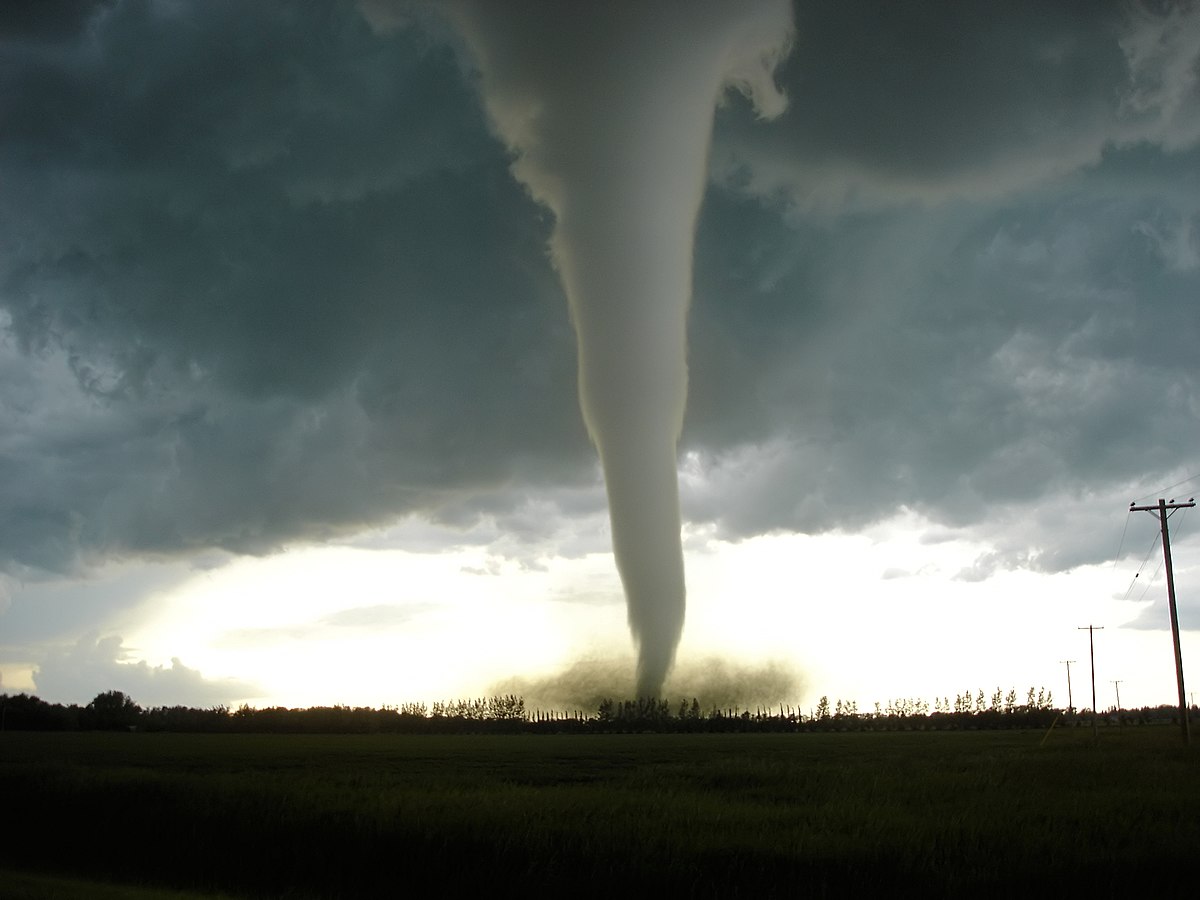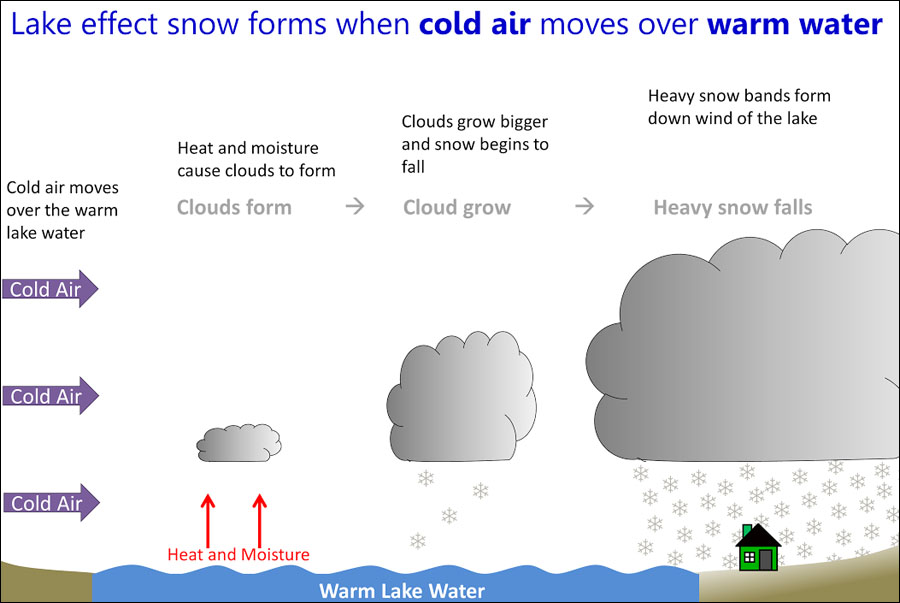Q1: What angle is the Earth tilted at? Why is this important?
👉 Answer: The Earth is tilted 23.5°. It is the main reason for seasons.
Q1: How does Earth’s tilt cause seasons?
👉 Answer: Because the Earth tilts 23.5°, different parts of the Earth get more direct sunlight at different times of the year, causing seasons.
Q12: Which season would the Northern Hemisphere experience when it tilts toward the sun?
👉 Answer: Summer.
Q1: How does land heat and cool compared to water?
👉 Answer: Land heats and cools faster, but water heats and cools slower, moderating temperatures.
Q1: Which extreme weather event do you think is hardest for humans to prepare for?
👉 Answer: I believe tornadoes because they form quickly and can cause sudden destruction.
Why:
Rapid formation: Tornadoes can form very quickly, often with only minutes of warning.
Small size but high intensity: Unlike hurricanes, which affect large areas, tornadoes are smaller and highly localized, making them hard to predict exactly where they will strike.
Destructive power: They can destroy buildings, vehicles, and infrastructure in seconds.
Limited warning systems: While meteorologists can predict severe thunderstorms that may produce tornadoes, precise tornado paths are unpredictable.

Q2: What word means “the condition of the atmosphere at a particular time and place”?
👉 Answer: Weather.
Q2: Explain the difference between weather and climate.
👉 Answer: Weather is the short-term condition of the atmosphere, while climate is the average weather over a long period of time.
Q2: If a place has warm, moist air in the morning, what type of precipitation is likely in the afternoon?
👉 Answer: Convectional precipitation.
Why?
In the morning, the sun heats the Earth’s surface, especially land.
The warm surface then heats the air above it, causing the warm, moist air to rise.
As the air rises, it cools and the moisture condenses into clouds.
By afternoon, this process often produces heavy rain showers or thunderstorms.

Q2: Compare a hurricane and a tornado: name one similarity and one difference.
👉 Answer: A hurricane is a large, rotating storm over warm ocean water, while a tornado is a smaller, rapidly spinning column of air over land. Both can cause strong winds and destruction.
Q2: Which is more dangerous to human life, hurricanes or tornadoes? Defend your answer. (Talk for 90 seconds)
👉 Example Answer: I think hurricanes because they affect larger areas, last longer, and can cause flooding.
Q3: What is the shortest day of the year in the Northern Hemisphere called?
👉 Answer: The Winter Solstice.
It usually occurs around December 21–22, when the North Pole is tilted farthest away from the Sun.
Q3: Why are days and nights equal on the equinox?
👉 Answer: Because the sun shines directly on the equator, giving nearly 12 hours of daylight and 12 hours of night everywhere.
Q3: A cold, dense air mass pushes up warm air. What type of precipitation is this?
👉 Answer: Frontal precipitation.
When a cold air mass meets a warm air mass, the heavier cold air pushes underneath the lighter warm air.
As the warm air is forced upward, it cools, and the moisture in it condenses into clouds and precipitation.
Q3: Why might geographers study climate more than weather?
👉 Answer: Because climate shows long-term patterns that affect regions, while weather is short-term.
Q3: Do you think living near the equator gives more advantages or disadvantages for weather? (Talk for 2 minutes)
👉 Answer: It gives more advantages, because temperatures are consistently warm and there is less seasonal variation.
Why:
Consistent temperatures: Near the equator, the sun is almost directly overhead year-round, so temperatures are warm and steady with little seasonal change.
Predictable daylight: Days and nights are nearly equal in length all year, which makes daily life more consistent.
Favorable for agriculture: Warm, consistent weather and plenty of sunlight can help plants grow year-round in tropical regions.
Less extreme winter weather: People near the equator don’t experience snow, ice, or extreme cold, which can be disruptive in other regions.
Q4: What do we call water falling to Earth as rain, snow, or hail?
Precipitation is any form of water that falls from clouds to the ground. This includes:
Rain – liquid water droplets.
Snow – frozen water crystals.
Hail – balls or lumps of ice.
Sleet – small ice pellets.
Q4: Why is the leeward side of a mountain drier than the windward side? What is the term used to describe this?
👉 Answer: Because moist air rises on the windward side, cools, and loses moisture as precipitation; the air descending on the leeward side is dry.
The term used is rain shadow.
Q4: If you lived in Tornado Alley, what months would you watch for tornadoes most?
👉 Answer: April through June.
During this time, warm, moist air from the Gulf of Mexico meets cool, dry air from Canada and dry air from the Rocky Mountains.
This clash of air masses creates the perfect conditions for supercell thunderstorms, which can spawn tornadoes.
Q4: How is convectional precipitation different from orographic precipitation?
👉 Answer: Convectional happens when warm air rises and cools, but orographic happens when air rises over mountains.
Q4: If you had to live in an area with one extreme weather event, which would you choose and why? (Talk for 90 seconds)
👉 Example Answer: I would choose blizzards, because they are seasonal, predictable, and with preparation, people can stay safe.
Q5: Name the two lines of latitude that mark where the sun shines directly overhead. Which is in the northern hemisphere?
👉 Answer: The Tropic of Cancer (northern hemisphere) and the Tropic of Capricorn (southern hemisphere).
Q5: How does elevation affect air and moisture?
👉 Answer: As elevation increases, air becomes cooler and holds less moisture, often causing more precipitation at higher altitudes.
Q5: Which side of the Great Lakes often gets the heaviest snow?
👉 Answer: The leeward side (downwind side).
Explanation:
When cold air moves across the relatively warmer waters of the Great Lakes, it picks up moisture.
As this moist air reaches land on the downwind side (leeward side), it cools quickly and the moisture falls as heavy snow.
This is called lake-effect snow, which can cause very large snowfalls in areas just downwind.

Q5: Which weather extreme is most damaging to crops: drought, tornadoes, hurricanes, or blizzard? Why?
👉 Answer: Drought, because lack of water affects crops over larger areas and long periods, while the others may be temporary.
Why:
Unlike tornadoes or hurricanes, which may damage crops in a small area or for a short time, drought can affect large regions for weeks or months, drastically reducing yields.
Blizzards and extreme cold can harm crops too, but usually only seasonal or specific types of crops.
Tornadoes and hurricanes can destroy crops locally, but they don’t typically last long enough to prevent growth over an entire season.
Q24: Was the Dust Bowl more a natural disaster or a human problem? Explain. (Talk for 2 minutes)
👉 Answer: It was more a human problem, because poor farming practices and over-plowing caused the soil to erode.
Even though drought was a natural factor, the scale and severity of the Dust Bowl were largely due to human mismanagement of the land. If farmers had preserved the prairie grasses and used soil conservation methods, the disaster would have been much less severe.

